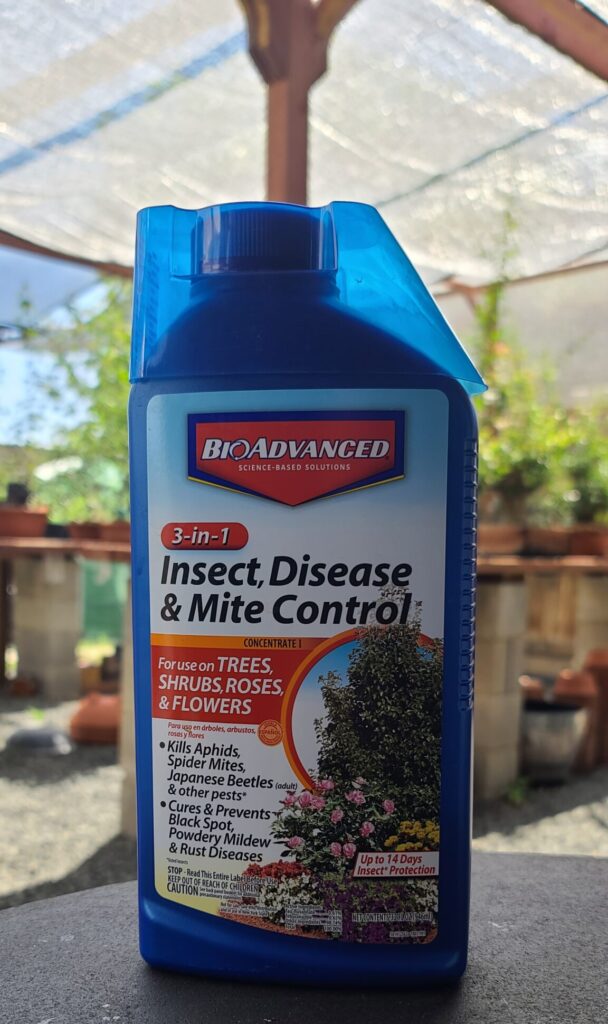Hey there fellow bonsai enthusiasts! Welcome back to our blog where we’re all about nurturing and styling beautiful bonsai trees. Today’s post is dedicated to one of the most captivating species in the bonsai world – the Shimpaku Juniper, specifically Itoigawa and Kishu variety. We’ll cover all the essential care guide throughout the year, so whether you’re a seasoned bonsai veteran or just starting out, this guide will be your trusty companion.
Let’s dive right in, shall we? Here’s what you can expect in this post:
Itoigawa and Kishu Juniper Bonsai Care Guide
Table of contents:
*click above to jump to the topic
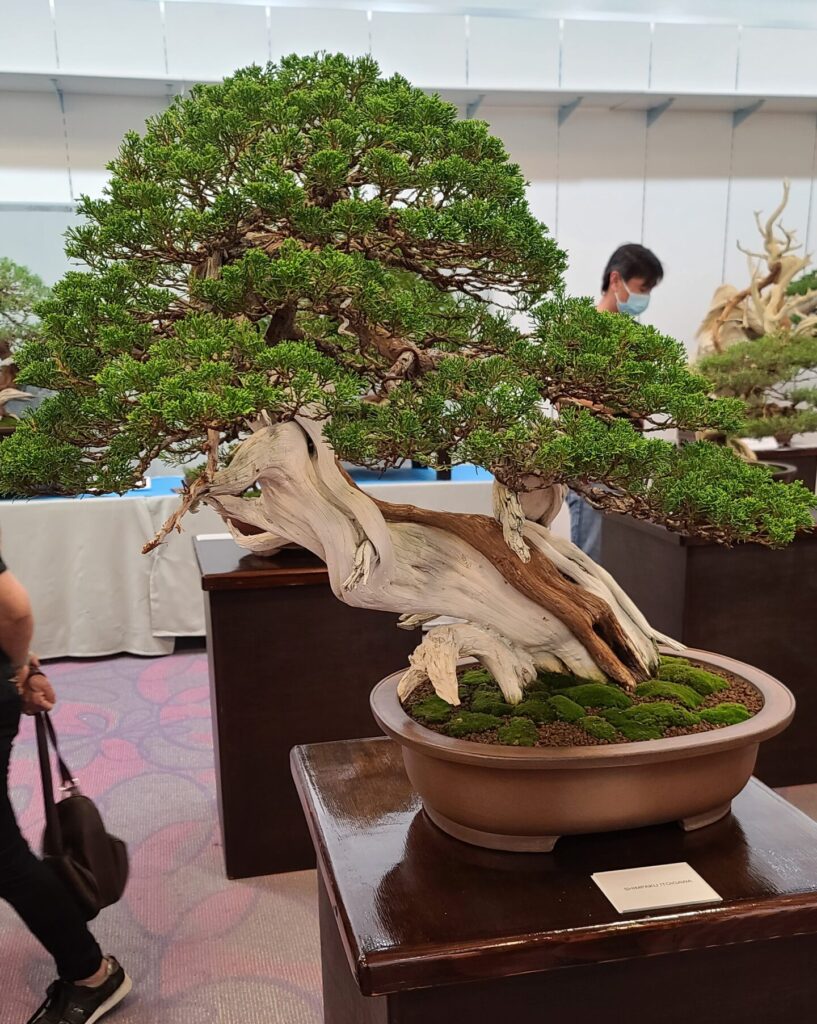
Introduction
The Shimpaku Juniper, also known as Juniperus chinensis, can be found throughout Eastern Asia. Among the common varieties, you’ll come across Kishu and Itoigawa. Itoigawa Juniper boasts a beautiful bright yellow-green color with its foliage tightly packed together, making it a perfect fit for bonsai in miniature. On the other hand, Kishu, while similar in appearance, features a darker green hue, sometimes showing a lovely bluish tinge during the winter-to-spring transition. Both varieties are exceptional choices for bonsai, and though it’s rare to find old collected Itoigawa or Kishu due to export restrictions, some dedicated growers have managed to nurture them for several years.
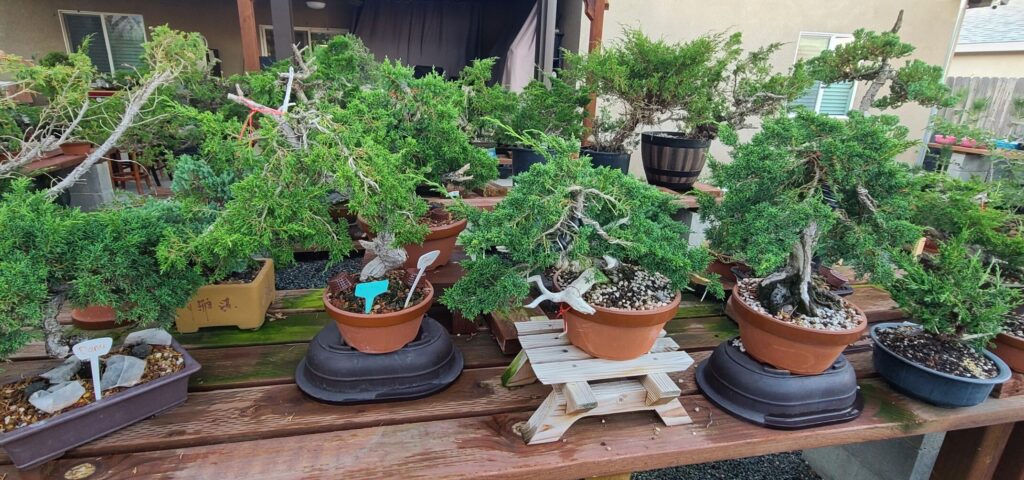
Spring
Ah, spring – the season of renewal and growth! During this time, your Shimpaku Juniper starts to awaken from its winter slumber. Here’s what you should focus on:
Repotting: Late winter, when you notice the foliage turning from brown to green, is the safest time for repotting. If your juniper is in a large plastic container, you can remove up to 50% of its roots during the initial repotting. For trees already in bonsai pots, a safe range is about 10-30% root removal. Keep in mind that Itoigawa Junipers may show juvenile growth after aggressive root pruning, but they’ll revert to their original foliage over time.
Soil Mixture: Choose your soil mix based on the tree’s development stage. For developing trees, use potting soil or a mix of 1 part akadama, 2 parts pumice, and 2 parts lava rock. For refined trees, a classic 1:1:1 mix of Akadama, Pumice, and Lava Rock works best.
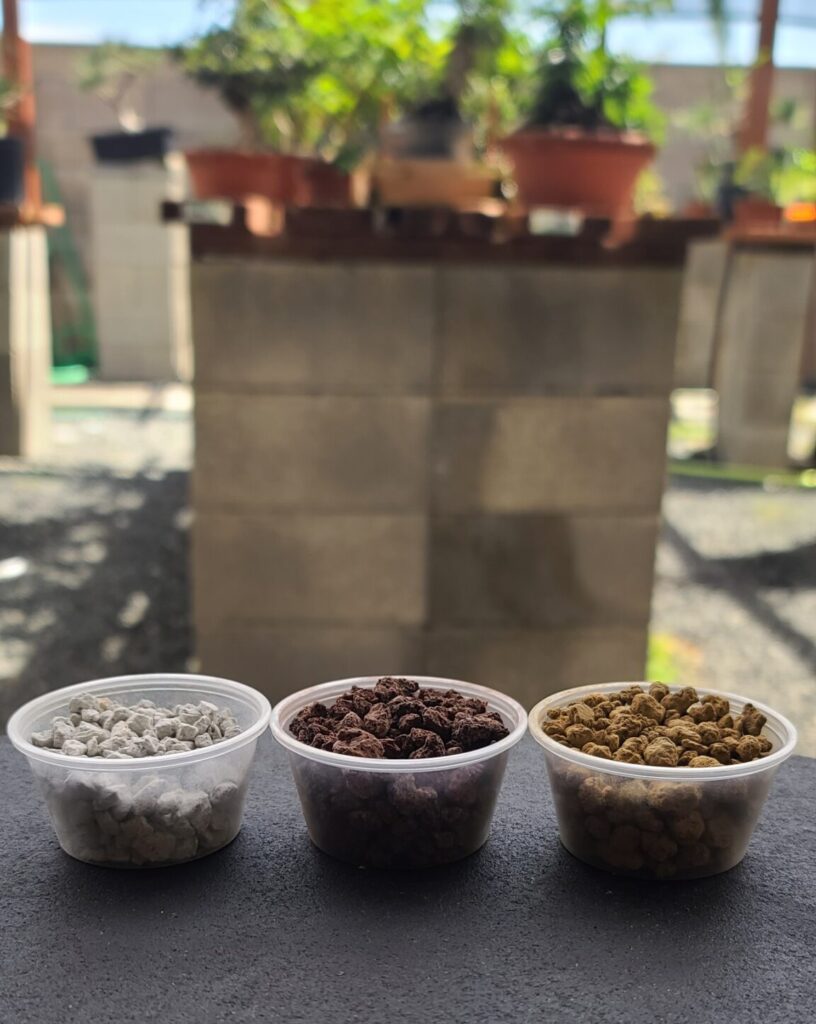
Fertilizing: Once you see the foliage turning green, it’s time to apply fertilizer. For developing trees, opt for high nitrogen fertilizers like Osmocote. For refined trees, I recommend using Gro-Power, Biogold or Tamahi, replacing it monthly throughout the year. You might also experiment with kelp and fish emulsion for lush, green results.
Watering: In spring, water your juniper every 3 days to once a week, depending on the soil’s moisture. Dig a couple of inches into the soil; if it’s wet, hold off on watering, but if it’s dry, water the tree thoroughly. I posted a guide on how to water conifer tree if you are interested click this link.
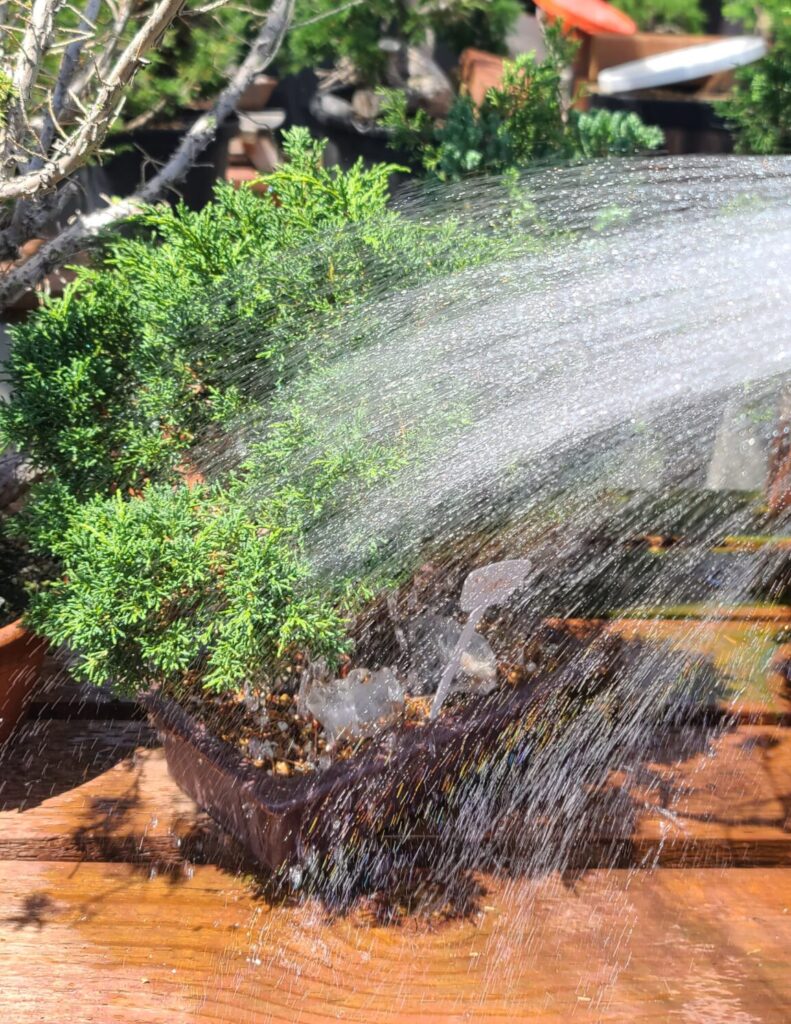
Pest and Disease Prevention: During spring, pests and hatching eggs become more prevalent. For spider mite prevention, consider using Movento miticide spray.
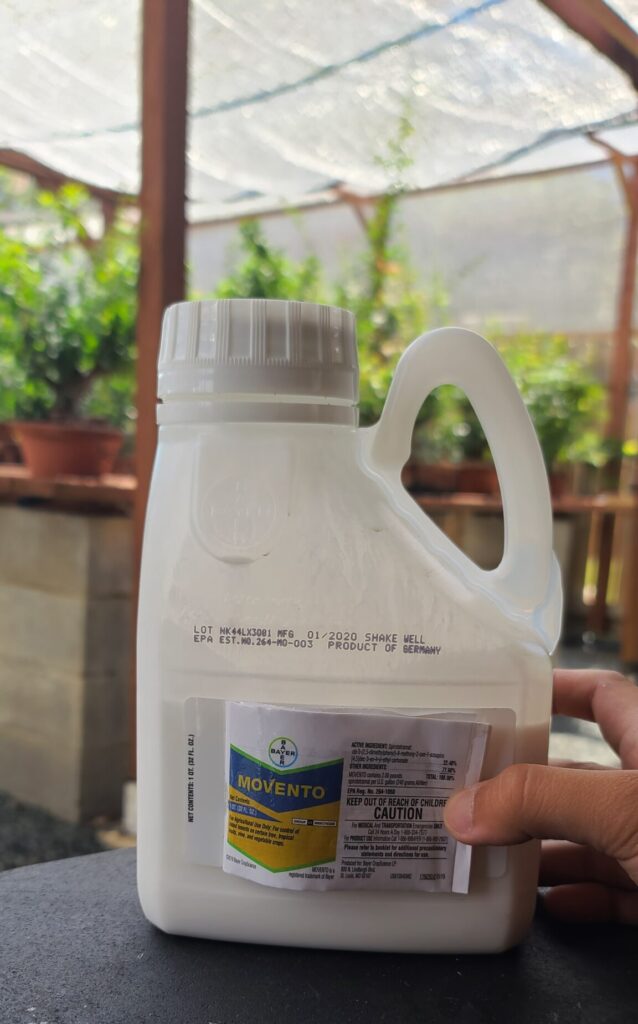
Pruning and Styling: Pruning and styling can be done before the foliage turns green. Once the tree becomes active, avoid pruning and let it thrive.
Wiring: Feel free to wire your juniper all year round.
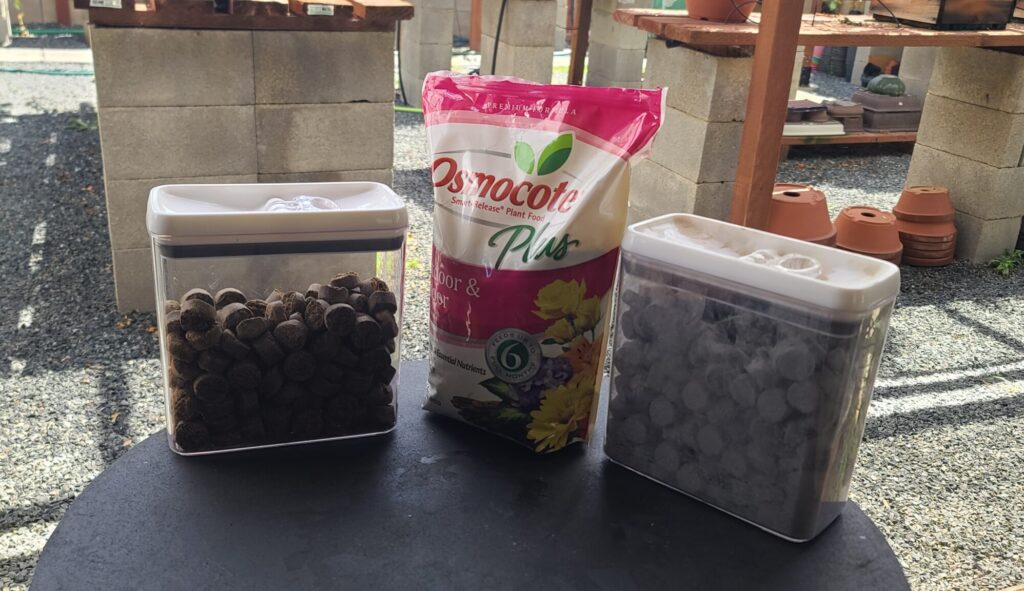
Watering: Adjust the frequency of watering from summer’s heat. Observe your tree’s needs and water accordingly. Misting the foliage can also be beneficial, especially in hot and dry regions. I posted a guide on how to water conifer tree if you are interested click this link.
Pest and Disease Prevention: Spider mites love the summer heat, so use a different product for prevention during this season. Regularly water the foliage to keep them at bay.
Pruning and Styling: In May to June, consider pruning elongated shoots that are outside the tree’s silhouette. For developing trees, let them grow freely without pruning.
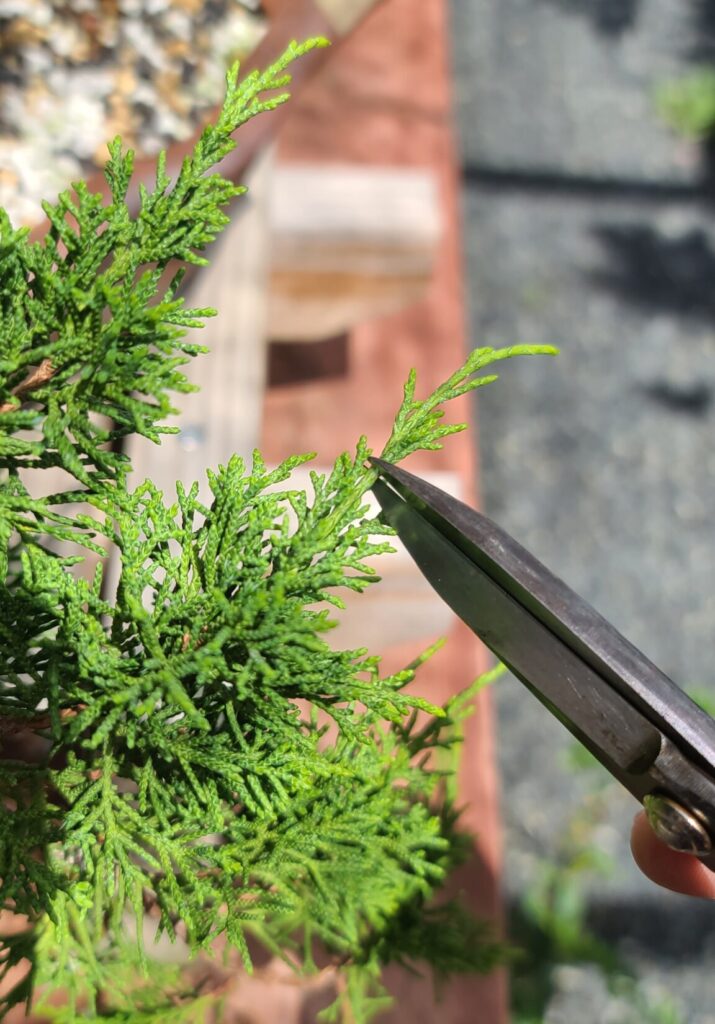
Wiring: As always, you can wire your juniper during summer.
Shari Creation: Summer provides an excellent opportunity to create and expand shari on your juniper. You can combine shari work with pruning for efficiency.
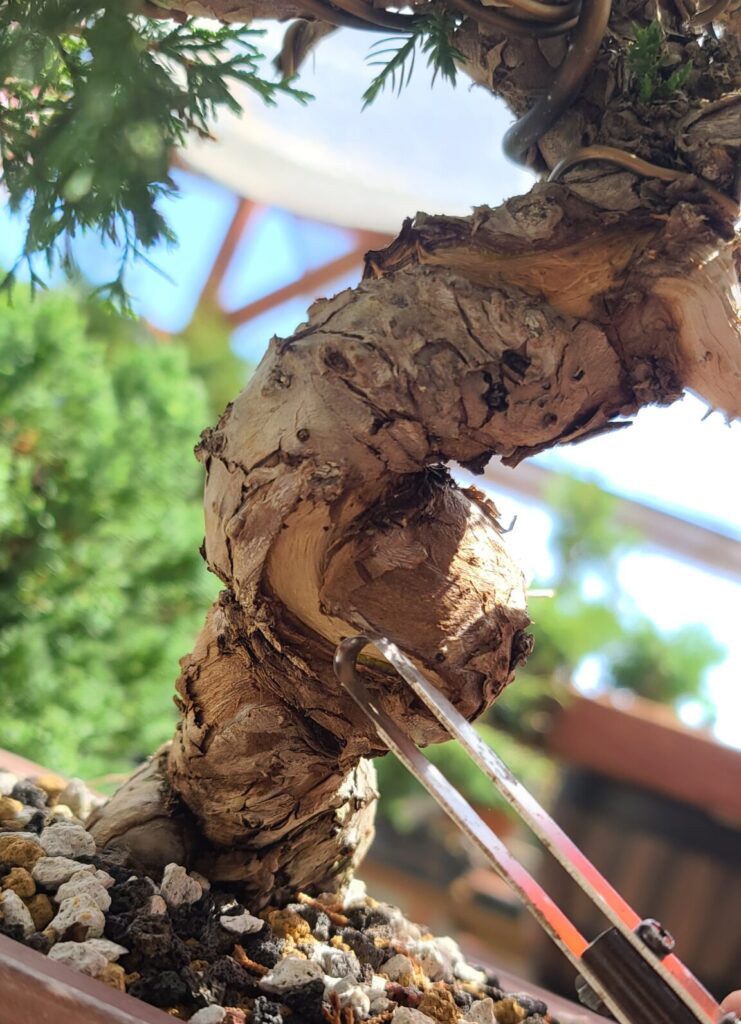
Shade: In hot areas, provide 50% – 60% shade for your Shimpaku Juniper during summer. Adjust the shade percentage based on your location and climate.
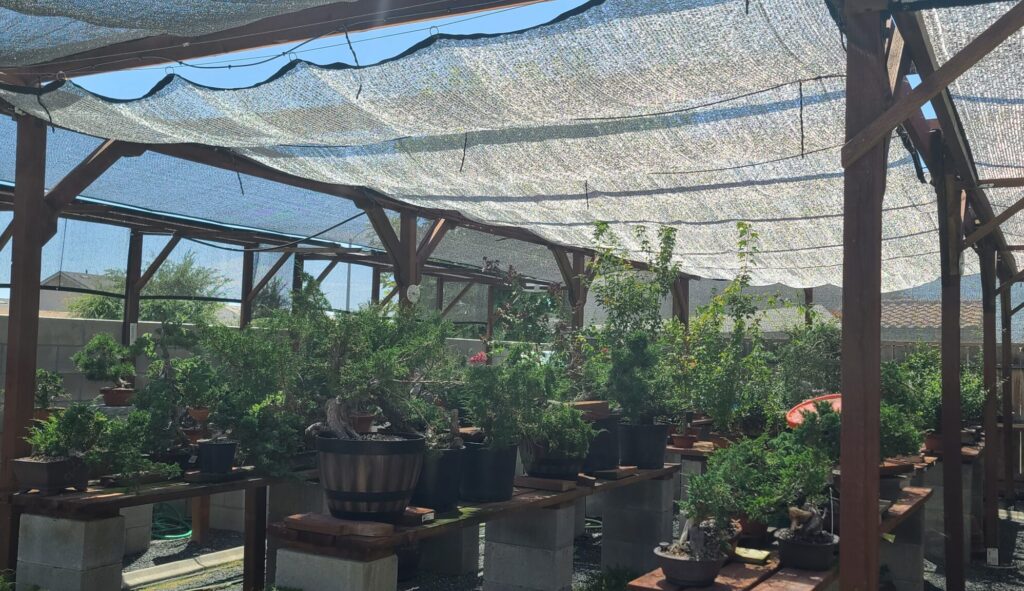
Fall
As the days get shorter, your juniper’s needs change again. Here’s what you should focus on during fall:
Fertilizing: Continue fertilizing as in spring and summer until October.
Watering: The frequency of watering will reduce compared to summer, but apply the same principles as described before. I posted a guide on how to water conifer tree if you are interested click this link.
Pest and Disease Prevention: Keep an eye out for tip blight in some areas. For pests, spot spray with anti-spider mite products. I use BioAdvanced 3-In-1 Insect, Disease and Mite Control for spot spraying stranglers
Pruning and Styling: Fall is the best time for significant styling work, bending, and designing your juniper. Timing close to winter (October – November) is ideal.
Wiring: You can still wire your juniper during fall.
Winter
Winter is a more relaxed period for your Shimpaku Juniper. Here’s how to care for it during the colder months:
Watering: Since the soil is generally wet during winter, watering once a week is usually sufficient. Always check your tree daily or every other day to ensure it stays healthy. I posted a guide on how to water conifer tree if you are interested click this link.
Pest and Disease Prevention: Winter is the time to use fungicides like Lime Sulfur or Copper spray. Please watch out for our future post about Pesticide and Fungicide.
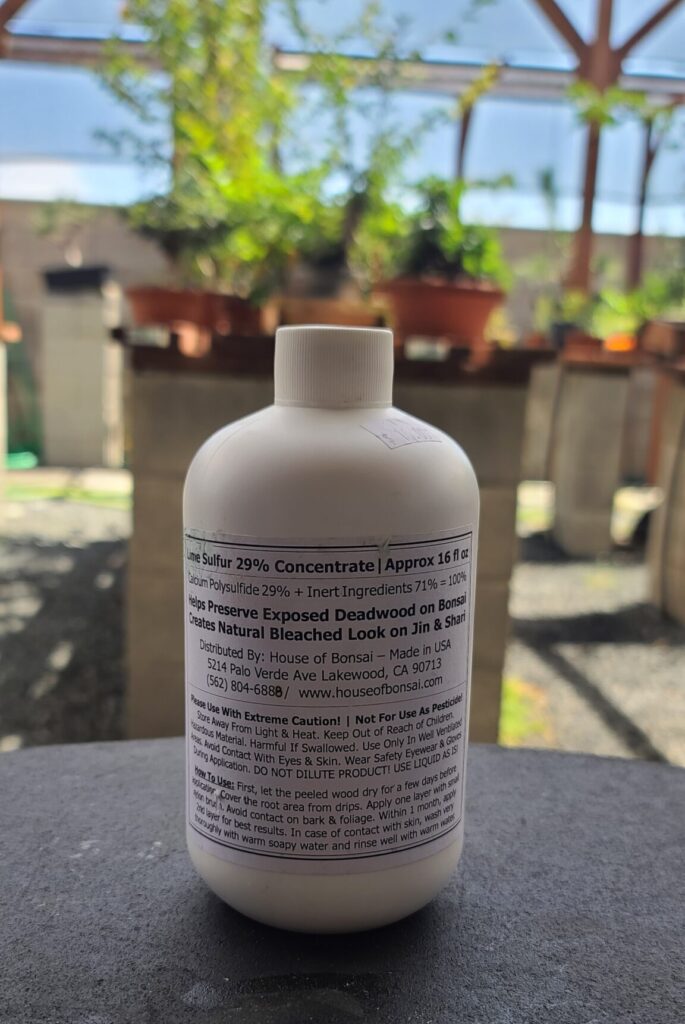
Pruning and Styling: If you recently purchased a tree that needs styling, you can do it in winter, but for the most part, wait until close to spring to perform any significant activities.
Wiring: Wiring can still be done during winter.

There you have it – a comprehensive guide to taking care of your beloved Shimpaku Juniper throughout the year! Make sure to bookmark this page for easy reference whenever you need it, Also please check out our Bonsai Calendar to keep you up to date on the basic task monthly. Happy bonsai gardening!
